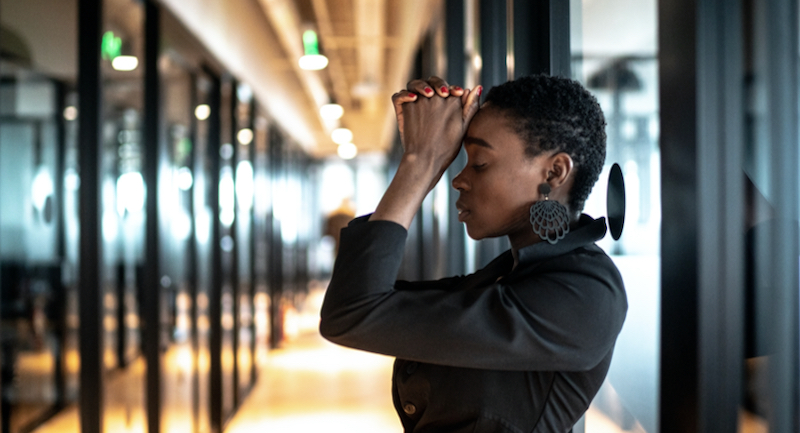2022 brought with it some real hope and change as businesses began to inch back into life. Employers and employees are operating in the “new normal,” mostly freed from the constraints imposed by Covid-19.
While some employers continue to permit work from home — remote staffing appears here to stay — many others have required their employees to return to a single nuclear base. Ideally, coworkers once again come together and interact for improved morale, immediate interactions, in-person meetings, concentrated work focus and more.
Getting “back to business” has become the positive motto. Yet there is an elephant in the room. The pandemic has affected humans in complex and deeply disorienting — even mentally disturbing — ways. The impact of the pandemic and the lockdown’s isolation cannot be ignored as staffers leave the safety of their homes and return to the uncertainty of workplace settings.
Team members who spent years apart communicating with one another online and via teleconferencing have gone through a multitude of real-world experiences, including for many the death of family members or close friends. We are not the same.
Experiencing the impact of the pandemic both on a personal level, with my family, but also as a clinical psychologist, it became clear to me that talking freely and openly about the aftermath of these past two years was necessary. More than ever, there’s a need for new and innovative ways of reaching out within the workplace framework.
What better way to create an entrée to improved communication than to address the obvious struggles people have returning to work after the pandemic.
Even in the best of times, the workplace is a highly complex setting. It brings together people from all walks of life — a multicultural, multilingual and multigenerational tableau. All of the players with different conditioned and ingrained ways of communication. These unique communications styles are rooted in their family lives. This brings to job sites both positive and negative consequences.
Add to this mix the emotional upheaval of the pandemic and we have a potential powder keg of confusion and reactivity. Communication in our age of electronics is rife with misunderstandings. One sentence or one misinterpreted email can set off a chain of hostility or unnecessary avoidance.
What better way to create an entrée to improved communication than to address the obvious struggles people have returning to work — having first been required to stay away, and then being required to return.
For any kind of new normal to be established, first and foremost it is important to acknowledge that heightened levels of anxieties and depression have lingered, understandably. Experiences such as this don’t just go away. … Ever. The negative impacts can only be gently and carefully reduced over time.
Managers and staffers may be skittish to once more be around one another in close quarters. Direct supervision may feel foreign. Some people may be more relieved to no longer wear coverings, while others prefer to continue to wear masks. No one should be shamed for seeking the comfort level they require.
A level of sensitivity and awareness from both employers and employees of post-pandemic wobblies will have far-reaching positive effects on all within the workplace environment. Supervisors are best reminded of this before unreasonable demands are made on employees with lingering fragility. Some loyal workers have returned despite suffering uncertainties of mental and physical well-being — despite the CDC’s direction that life must go on.
Ways to improve life in the new workplace
- Use staff meetings to address and acknowledge with appreciation all that has been endured suffered and overcome over the past two-plus years. This would be a great way to welcome all back to the new normal.
- Regular check-ins and short meetings with individual employees. Reminders of CDC guidelines. These serve as helpful reminders that everyone’s wellness — physical and mental — is a high priority.
- Acknowledge that the new normal only has an even chance of becoming something to be trusted when everyone speaks openly. Something quite extraordinary has been experienced, never to be minimized.
And perhaps a collective trust may emerge, even better and more cohesive than before.
We Talk in the workplace
Communication remains key in a business environment. Poor communication styles and related issues cause needless stress and upset. To address that dynamic we’ve established We Talk Consulting to help employers provide a more healthful communications environment. It is a consulting service, with on-site instruction for workers and managers.
The We Talk platform speaks to the fundamentals of mental wellness in the workplace.
The goal of We Talk is simple: To enhance and strengthen workplaces by making them more vibrant, communicative and relational. Workplaces in which employees learn to employ solid, effective communication tools, enhancing connectivity across the board. Please visit our business communications web site for details.
